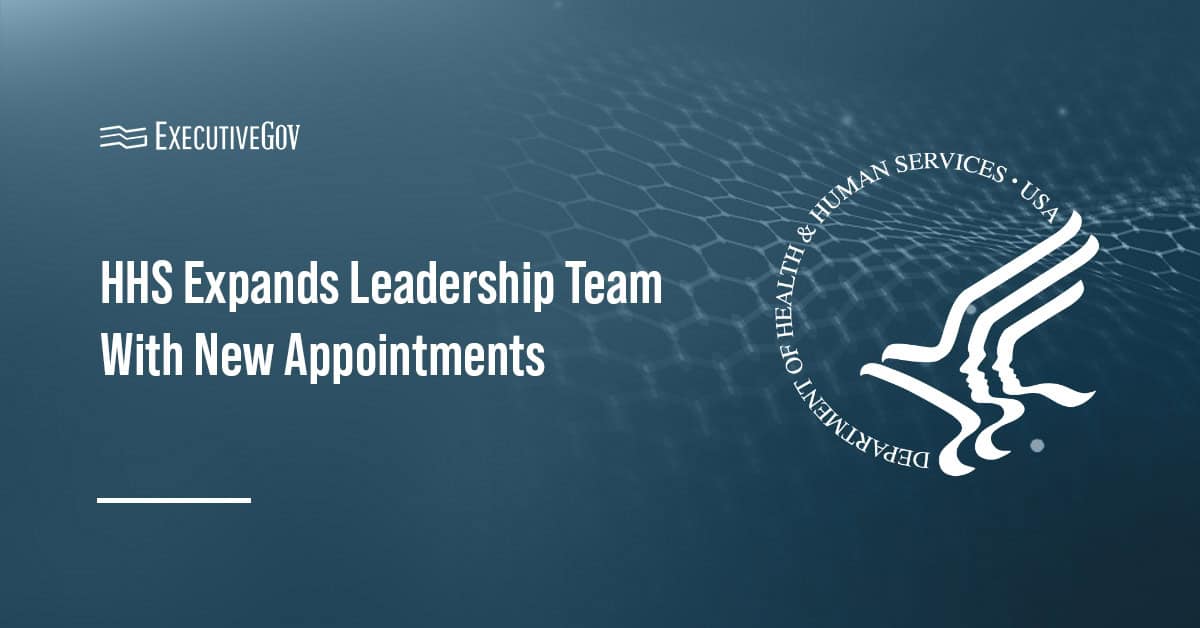 Jeh Johnson, secretary of the Department of Homeland Security, has said DHS is examining whether the election system needs the agency’s security support against potential cyberattacks, Federal News Radio reported Wednesday.
Jeh Johnson, secretary of the Department of Homeland Security, has said DHS is examining whether the election system needs the agency’s security support against potential cyberattacks, Federal News Radio reported Wednesday.Nicole Ogrysko writes Johnson told reporters the government should determine whether the election process is a “critical infrastructure” similar to the financial sector or the power grid.
“There is a vital national interest in our election process, so I do think we need to consider whether it should be considered by my department and others as critical infrastructure,” said Johnson.
“I am considering communicating with election officials across the country about best practices in the short term,” he added.
Johnson further said long-term investments are needed t0 support election cybersecurity and address points of concern in the electoral process, Ogrysko reported.





